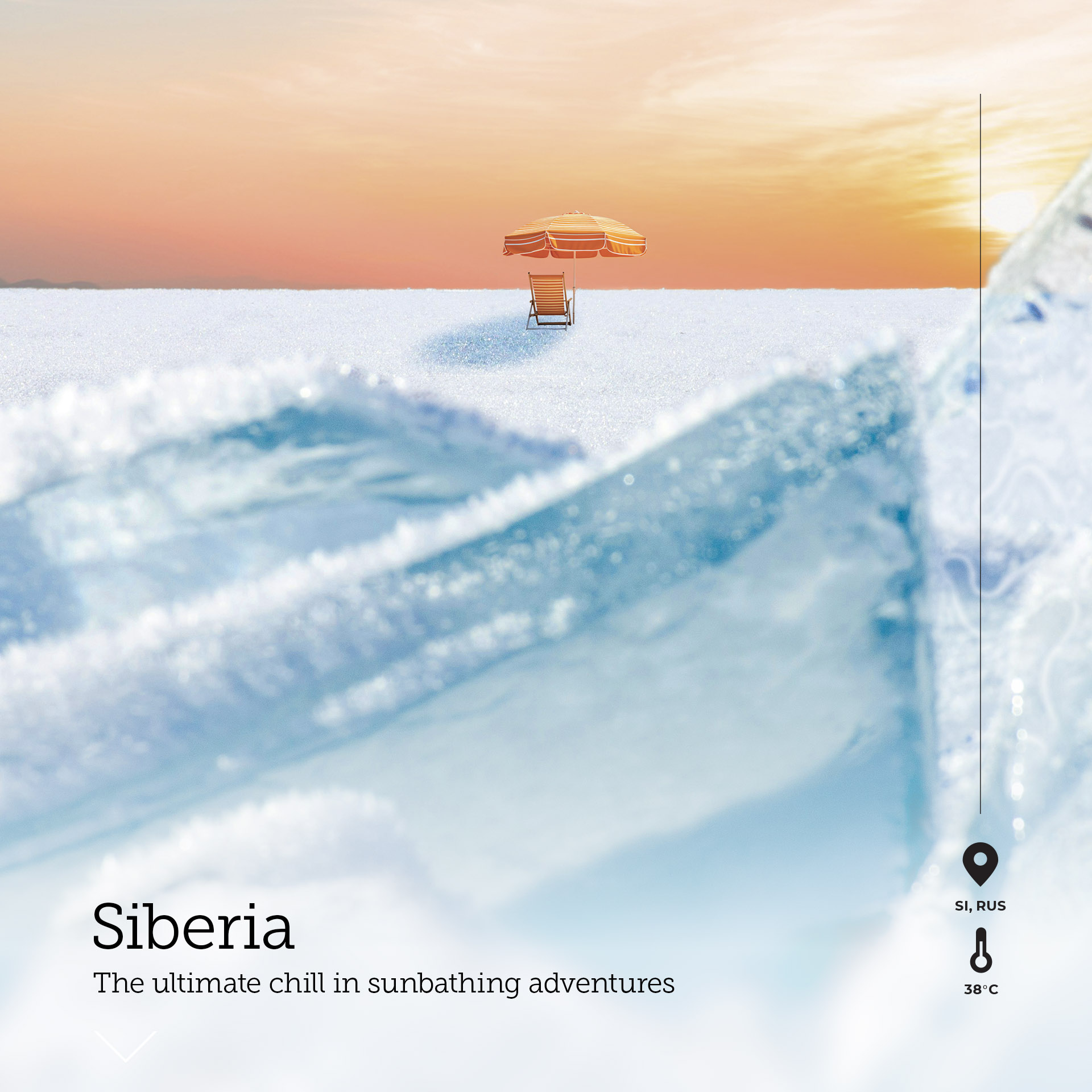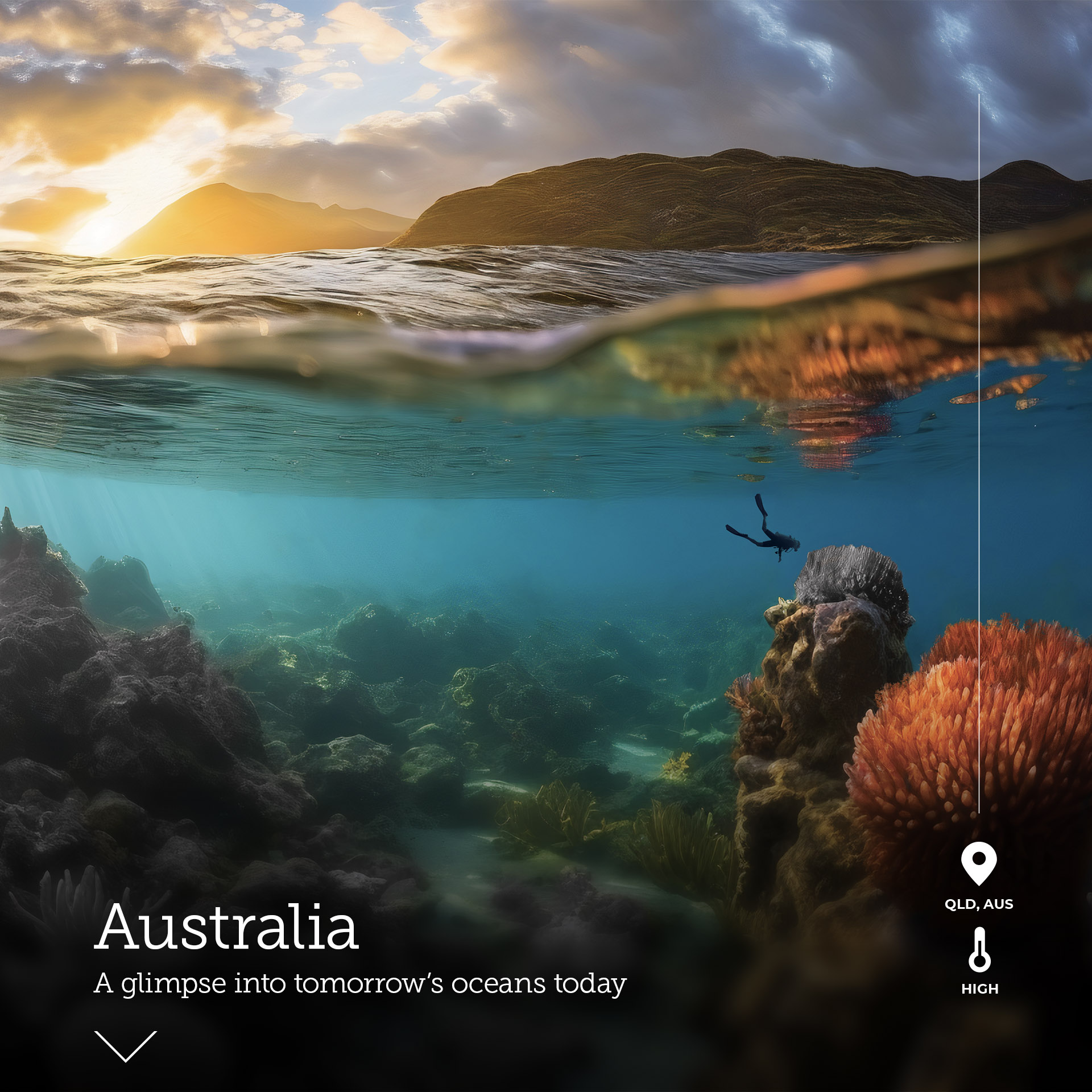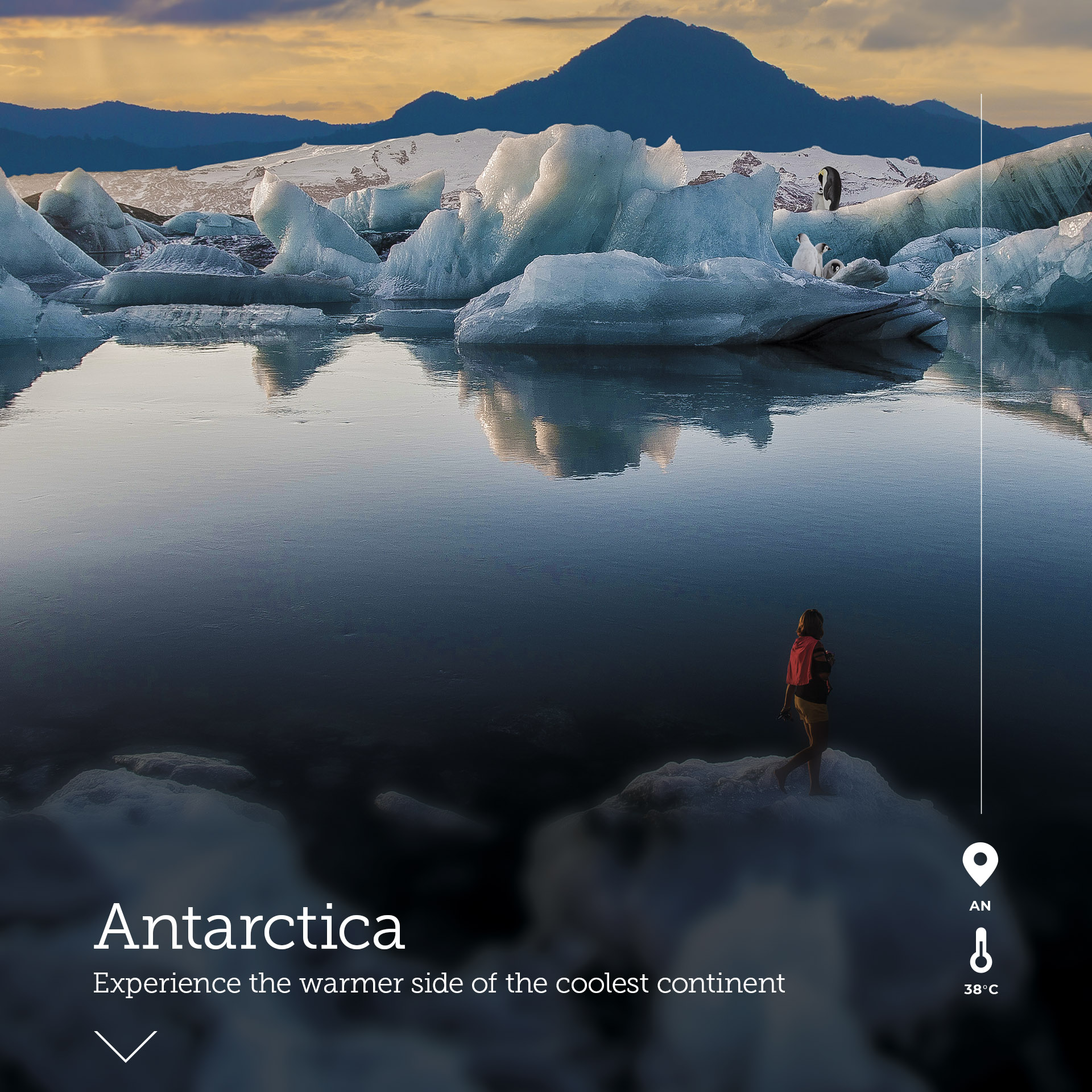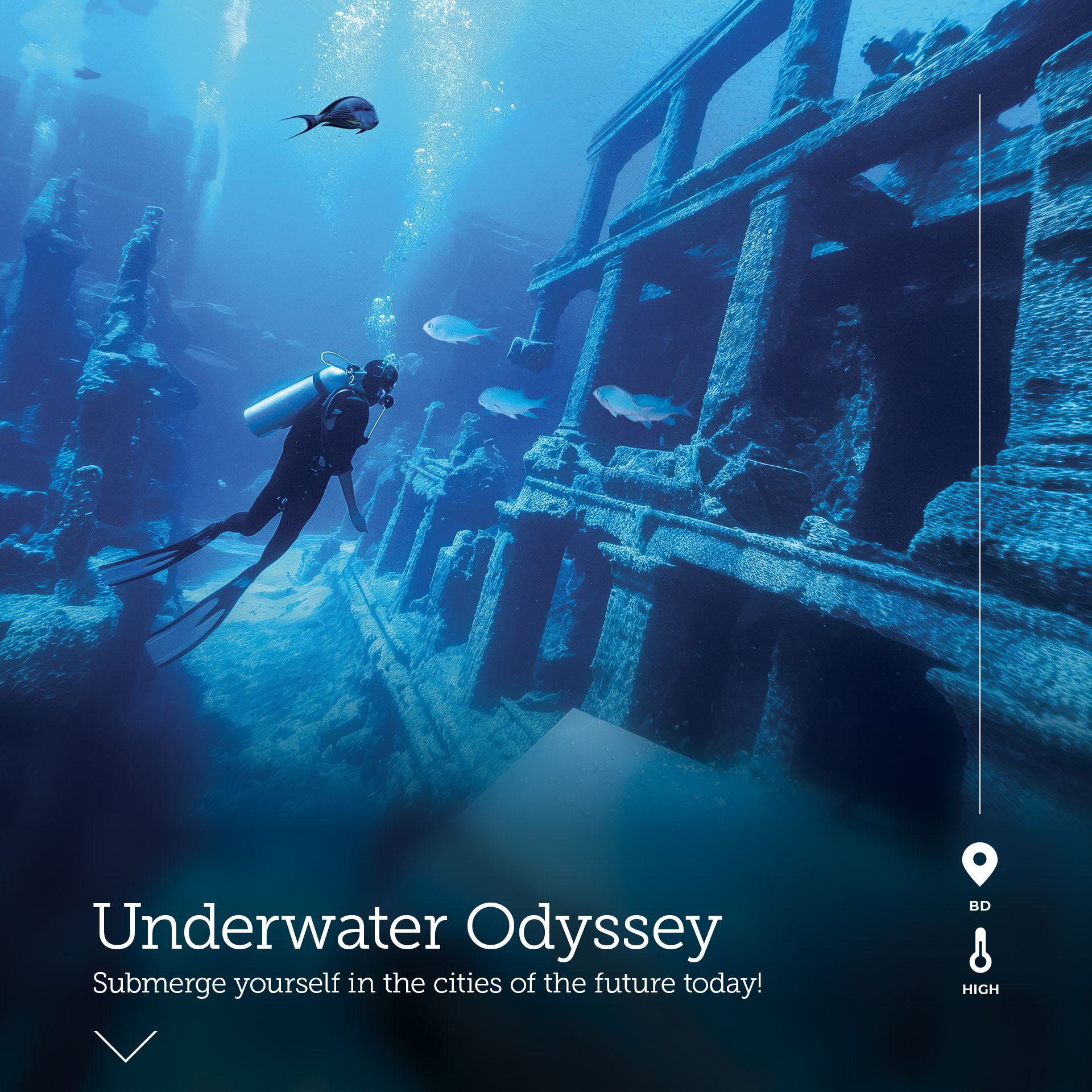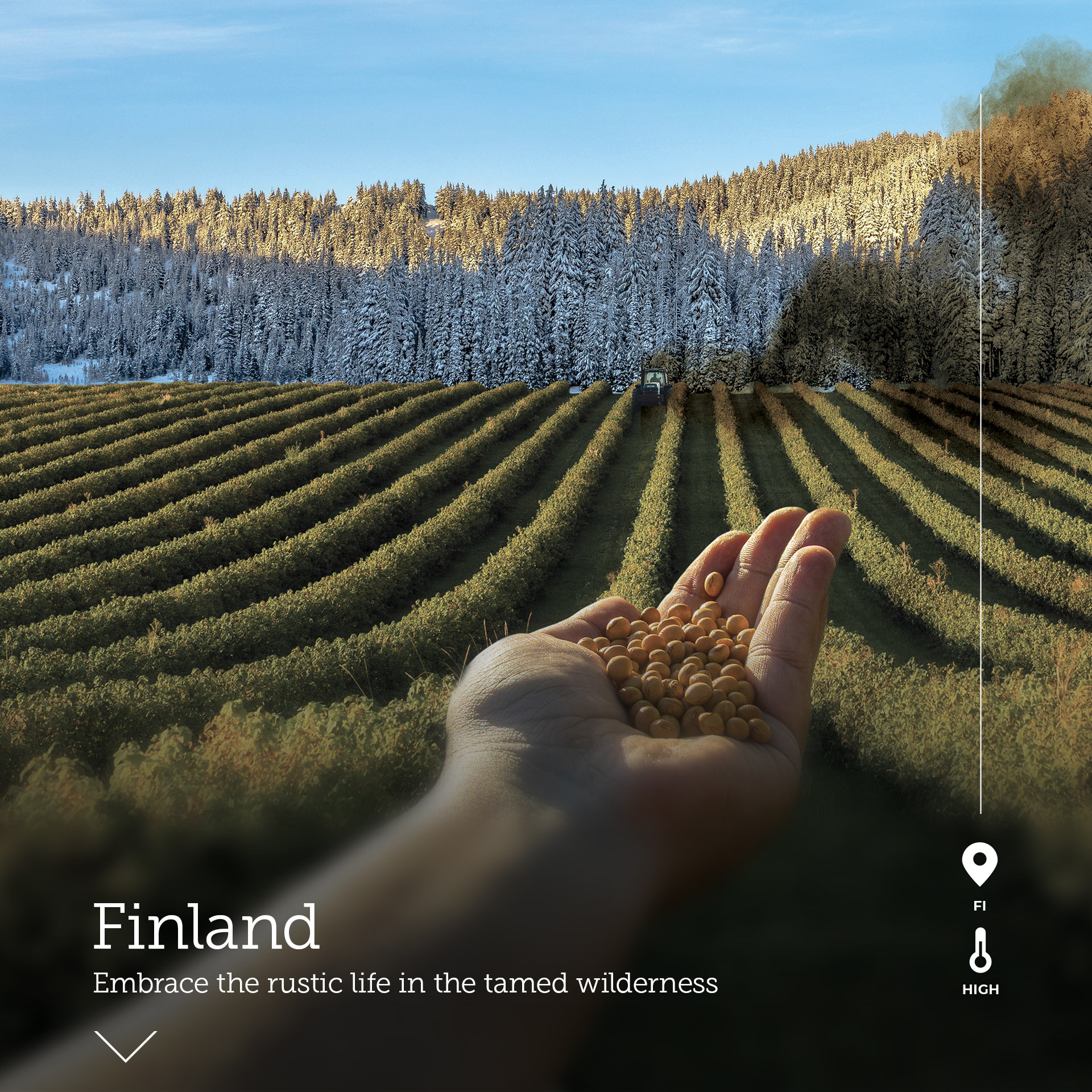Semaglutide and tirzepatide drugs like Ozempic and Mounjaro are making headlines around the world as users shed weight and researchers investigate possible new uses for the medications.
However one medical expert says these drugs are not only a solution to obesity but a gateway to understanding it as a disease rather than a result of weakness and lack of willpower.
 CAPTION: Dr. Louis J. Aronne, Sanford I. Weill Professor of Metabolic Research and director of the Comprehensive Weight Control Center at Weill Cornell Medicine in New York
CAPTION: Dr. Louis J. Aronne, Sanford I. Weill Professor of Metabolic Research and director of the Comprehensive Weight Control Center at Weill Cornell Medicine in New York Scientists cured obesity over 20 years ago, he says, “in animals and in humans by using a nerve growth factor. By giving the nerve growth factor, weight went down.
Unfortunately, it turned out these caused antibodies in some people, so the research was stopped. There are compounds being developed that were originally developed for Lou Gehrig’s disease, but people lost weight. Those who did didn’t regain weight over a prolonged period.”
Aronne says this is because it produced normal, healthy nerves in the part of the brain that regulated body weight — the hypothalamus.
Researchers believe the nerve growth factor stimulated stem cells for these nerves in the damaged part of the brain and connections were reestablished.
| Damage in the brain
The process of gaining weight and losing weight is really a reflection of damage in the weight-regulating pathways in the brain, he says. “What we know is that your brain becomes less sensitive to the hormones that control body weight.”
He spoke confidently back then that obesity was a physical problem and tried to persuade diabetes experts that focusing on weight loss would improve diabetic symptoms. However, they were rigid in their focus on blood-sugar control, Aronne says.
 IMAGE: Unsplash
IMAGE: UnsplashInspired by a monster
More than 3 billion people (almost 40 percent of the global population) are classified as overweight or obese. By 2035, that number is expected to surpass 50 percent.
But those rates may be changing, and we have a lizard to thank.
Well, a monster to be precise. Read more›››
The Gila (HEE-lah) monster is a venomous lizard covered in beady scales native to the southwestern United States. While its bite is not usually fatal for humans, it can inflict burning sensations, severe pain and discomfort that can last for hours. It was this that led scientists to study its venom.
Ronald Jenner, a venom-evolution expert at the U.K.’s Natural History Museum, says using venom to create medicine is an ancient practice.
“People in ancient India, for example, were always exposed to snake venoms, and snake venoms do biological stuff. So, there has always been an interest to not just neutralize the effects of it but also use venom to cure other things.”
For example, the drug Prialt, which is procured from cone snail venom, is used to treat chronic, severe pain without the addictive properties found in other medications.
But the Gila monster is also able to go without food for long periods. Studying this led researchers to discover a hormone called exendin-4. Exendin-4 is similar to the GLP-1 glucagon-like peptide-1) found in humans. It regulates blood sugar and appetite by triggering insulin release and slowing food breakdown.
Because of the similarities between exendin-4 and GLP-1, scientists were able to develop medication to treat type 2 diabetes, which, according to the World Health Organization, affects 422 million people globally.
GLP-1 is effective for weight loss by making users feel fuller longer, reducing hunger and increasing satiety.
The original drug inspired by the Gila monster, which often goes for months without eating, isn’t new either. Exenatide, sold under the brand name Byetta, was approved by the U.S. Food and Drug Administration in 2005 to treat type 2 diabetes.‹‹‹ Read less
Aronne began his obesity clinic in 1987 after a study found patients with obesity were the most expensive to care for, with health-care costs double those of others’.
He also had a personal interest in getting to the bottom of why those who followed doctors’ orders were still struggling to lose weight as many of his family members had weight problems and other comorbidities.
About a year after he started his obesity program, a researcher from Rockefeller University Hospital invited Aronne to his lab to observe the results of an experiment in which blood was removed from a skinny mouse and given to an overweight mouse. Within three days, the overweight mouse’s weight went down to normal. It was this researcher’s work that led to the discovery of leptin, the first fat-cell hormone.
“It proved beyond the shadow of a doubt that there was a physical system trying to regulate body weight,” Aronne says. “Instead of it being calories in, calories out — instead of obesity being a lack of willpower — it was some type of hormonal problem.”
These medicines mimic hormones that are released when you eat.
“Food hits your intestines, cells in your intestines release hormones that get absorbed into the bloodstream, go to your brain and tell it how much you’ve eaten. And so, your body, in some cases, we think, is resistant. Maybe you don’t produce enough. So, they’re amplifying the GLP-1 signal so you feel like you’ve eaten before you eat.”
| Changing perceptions
Aronne compares society’s way of thinking about obesity to previous perceptions of severe mood disorders like anxiety, depression and psychosis when patients were told to just snap out of it or were advised to exercise and they’ll feel better. He believes these medications will eliminate the societal perspective that those who struggle with obesity have no willpower.
“It will definitely happen,” he says.
“Now we know that this is a physical problem that can be treated medically. People with severe mental illness used to be institutionalized, but now those institutions have closed because so many people are being treated medically. Like those with delusions, for example. You have to actually see someone who suffers from delusions to see what those medications have done. It’s really remarkable. And it’s the same now with obesity,” Aronne tells KUST Review.
The handful of weight-loss drugs currently on the market is only the beginning, he says.
Aronne and his team are working on other drugs that aim to allow patients to lose more weight by targeting more hormones.
Semaglutide (sold as Ozempic or Wegovy) is successful at mimicking one hormone and tirzepatide (Mounjaro), two hormones. This is why Mounjaro is widely considered more effective.
The trick is finding the right medication to suit the person. And that includes not only the weight-loss volume, but side effects the patient can manage.
Everyone responds differently. Some cannot tolerate it at all. Mounjaro has fewer effects than Ozempic or Wegovy, for example.
Cost is also a challenge. Many insurance companies don’t cover these drugs, which can run from U.S. $935 to U.S. $1,023 for a one-month supply of Ozempic.
A 2024 study by researchers at the Yale School of Public Health estimates that increased access to these meds could save over 42,000 lives a year in the United States alone. This includes those with type 2 diabetes and other health issues exacerbated by obesity.
“Expanding access to these medications is not just a matter of improving treatment options but also a crucial public health intervention,” says one of the authors on the study, Alison P. Galvani.
| Now what?
Concerns around the medications are not limited, however, to cost and the side effects, which include nausea, vomiting and gastrointestinal discomfort, but what happens after weight goals are achieved.
 IMAGE: Freepik
IMAGE: FreepikA short history of ozempic
Ozempic was approved in 2017 for diabetes and quickly became known for its weight-loss effects. Ozempic works as a GLP-1 receptor agonist, triggering a response from the receptor and mimicking the action of the body’s natural GLP-1 hormone. Read more›››
Though Ozempic was developed to treat type 2 diabetes, it soon became a weight-loss tool.
Semaglutide, the main ingredient in Ozempic, impacts appetite, blood sugar and body composition. It increases insulin levels, which decreases blood sugar (glucose), reduces the amount of sugar released into the blood when food is broken down and slows digestion, making users feel fuller for longer.
Ozempic is one of several drugs on the market that average a weight loss of 15-20 percent, depending on dosage and patient response. More of these drugs are entering the market, targeted at weight loss rather than diabetes.‹‹‹ Read less
How do we keep the weight off?
Aronne says less frequent dosing could be an option, or lower doses. But if you come off it, it stops working. So rather than take it once a week, which is the typical dose, it could be taken every 10 days or on a semi-regular basis.
“As time goes on, we’re going to have better and better solutions,” Aronne says. “There are literally two dozen compounds that should be available in the next seven years.”
His team is working on a number of studies for weight-loss medications. One novel drug combines semaglutide with cagrilintide, an amylin (a hormone that comes from the pancreas) analog that is long-lasting. This would allow for lower dosages of semaglutide and weight loss results that may exceed 25 to 30 percent.
Pemvidutide, a GLP-1 and glucagon dual agonist, is also being explored. Aronne says glucagon increases metabolic rate, empties fat out of the liver and increases blood sugar. In combination with the GLP-1 that lowers blood sugar, it could result in even greater weight loss. And because it works on fat in the liver, it could have an added benefit for those with fatty liver disease.
These drugs have a way to go before they hit the market, but Aronne’s team estimates one of its new drugs, an oral GLP-1 simulator from Eli Lilly, along with a couple of others, could be available to the public by the end of 2026. Several more in clinical trials will follow in 2027.
“It’s going to be amazing,” Aronne tells KUST Review.
| Other applications
While Aronne focuses on his obesity patients, physicians are exploring other potential applications for these medications.
Some doctors prescribe them for ailments that have nothing to do with obesity or diabetes. The response has been positive.
A 2022 study by Chinese researchers suggests that GLP-1 medications are effective in treating inflammatory conditions like cardiovascular disease and psoriasis. The study was published on PubMed.
“There are GLP-1 receptors on white blood cells. That’s a direct mechanism by which it reduces inflammation, but then losing weight also reduces inflammation. These are unique anti-inflammatory compounds,” Aronne says.
These drugs have changed the lives of many patients, but further research is required.
In the meantime, to his patients and to those who struggle with obesity, Aronne has a message: “It’s not your fault.”






